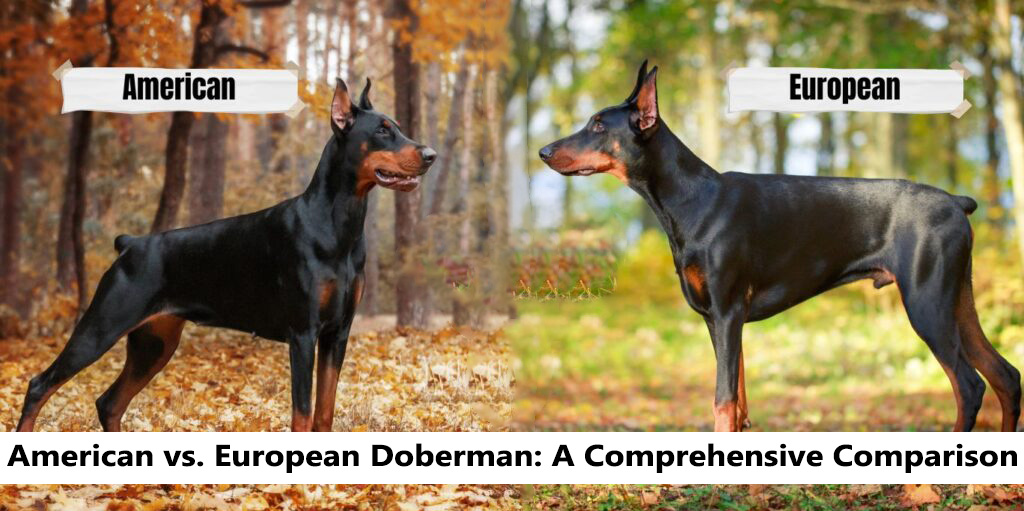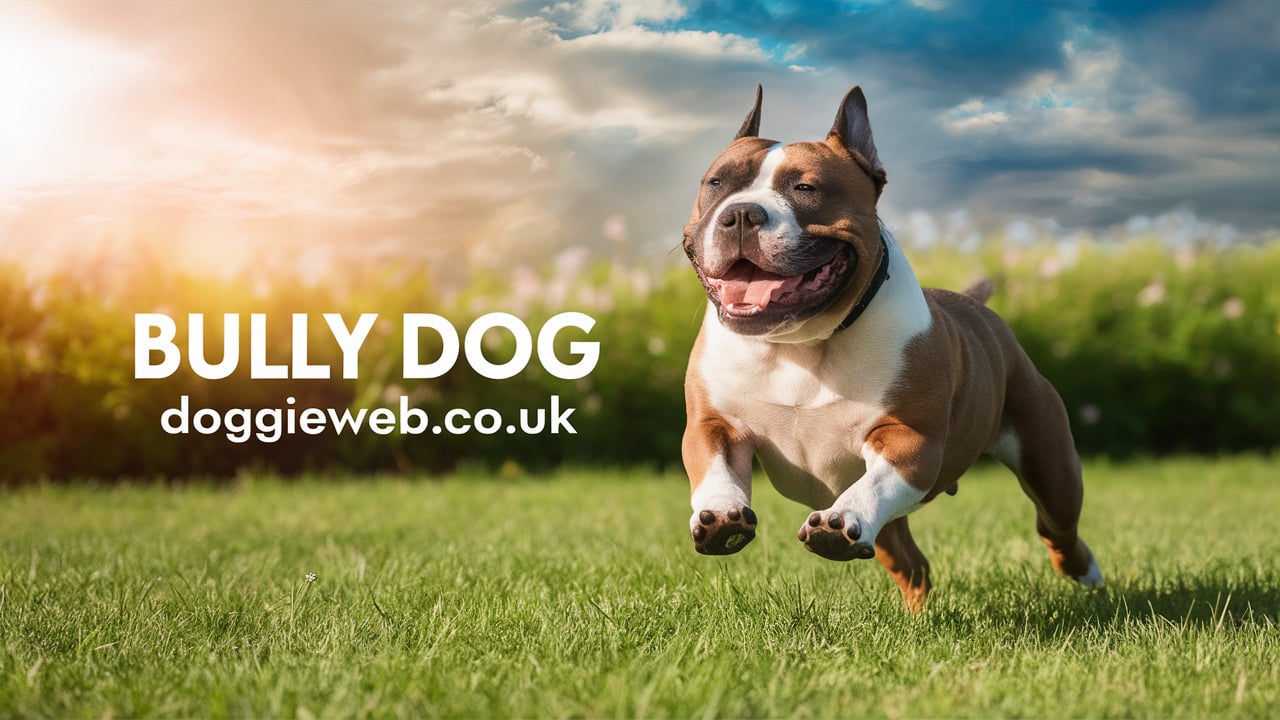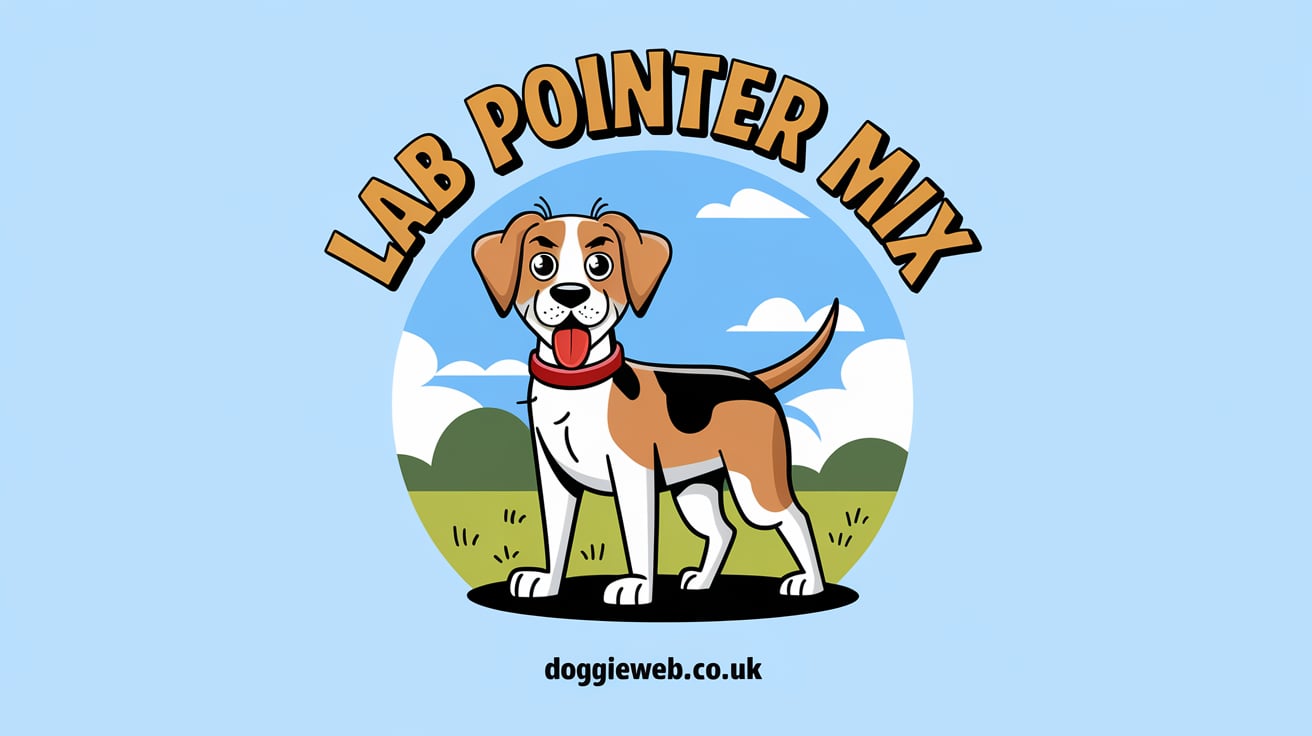
Introduction
Dobermans are a well-loved and highly recognizable breed, known for their loyalty, intelligence, and protective nature. However, there is often confusion between the American and European Doberman, with many people unaware of the subtle and significant differences between these two lines. Understanding these differences is crucial for potential owners, breeders, and enthusiasts to make informed decisions and appreciate the unique qualities each type brings to the table.
The purpose of this article is to delve deep into the comparison between the American and European Doberman, covering all aspects from physical characteristics and temperament to health, training, and living conditions. By the end of this comprehensive guide, readers will have a clear understanding of which type might be the best fit for their lifestyle and needs.
History and Origin
Early Development of the Doberman Breed
The Doberman breed was developed in the late 19th century by Karl Friedrich Louis Dobermann, a tax collector from Germany. Dobermann wanted a loyal and protective dog to accompany him on his rounds, which often took him through less than safe areas. He aimed to create a breed that combined strength, loyalty, intelligence, and fearlessness. By crossbreeding several dogs, including the Rottweiler, German Pinscher, and Greyhound, among others, he developed what we now know as the Doberman Pinscher.
Initially, Dobermans were used for various working roles, including guard dogs, police dogs, and military dogs, thanks to their robust physical and mental attributes. The breed quickly gained popularity for its versatility and reliability in high-stress situations.
Divergence into American and European Lines
Over time, the Doberman breed split into two distinct lines: the American and the European. This divergence was influenced by different breeding goals and standards set by kennel clubs in the United States and Europe. In the US, the focus shifted more towards a refined appearance and suitability for dog shows, while in Europe, the emphasis remained on maintaining the working capabilities of the breed.
Key breeders in both regions played significant roles in shaping the characteristics of their respective lines, leading to noticeable differences in appearance, temperament, and performance.
Physical Characteristics

General Appearance
Both American and European Dobermans share common traits, such as a sleek, muscular build, a proud stance, and a keen, alert expression. However, there are distinct differences in their overall appearance. The American Doberman is generally more slender and elegant, with a refined head and a smoother outline. In contrast, the European Doberman tends to be more robust and substantial, with a thicker bone structure and a more pronounced musculature.
Breed standards set by major kennel clubs, such as the American Kennel Club (AKC) for the American Doberman and the Fédération Cynologique Internationale (FCI) for the European Doberman, provide detailed descriptions of the ideal appearance for each type.
Size and Build
American Dobermans are typically slightly smaller and lighter than their European counterparts. Male American Dobermans usually stand between 26 to 28 inches at the shoulder and weigh between 75 to 100 pounds, while females stand 24 to 26 inches and weigh 60 to 90 pounds. European Dobermans, on the other hand, are often more substantial, with males standing 27 to 29 inches and weighing 80 to 105 pounds, and females standing 25 to 27 inches and weighing 65 to 95 pounds.
These differences in size and build can affect their agility, endurance, and strength, with European Dobermans generally being more suited for demanding physical tasks.
Coat and Color Variations
Dobermans come in a variety of colors, including black, red, blue, and fawn. Both American and European Dobermans typically exhibit these standard colors, but the intensity and richness of the coat color can vary. European Dobermans often have darker and more vibrant coat colors, possibly due to different breeding focuses and genetic influences.
Grooming needs for both types are relatively similar, with regular brushing to keep the coat healthy and shiny, and routine baths to maintain cleanliness. However, the robust build of the European Doberman might require slightly more maintenance to keep them looking their best.
Temperament and Personality
Typical Temperament Traits
Dobermans are known for their loyal and protective nature, making them excellent guard dogs and companions. They are intelligent, trainable, and have a strong work ethic. However, there are some differences in temperament between the American and European Dobermans.
American Dobermans tend to be more affectionate and sociable, often described as being more suited to family life and companionship. They can be slightly more relaxed and less intense than their European counterparts. European Dobermans, however, often exhibit a stronger drive and higher energy levels, making them more suitable for working roles and active lifestyles. They are generally more protective and can be more reserved with strangers.
Training and Socialization
Training and socialization are crucial for both types of Dobermans. Early training helps to establish good behavior and obedience, while socialization ensures that they are well-adjusted and comfortable in various environments.
American Dobermans may require a slightly different approach to training due to their more sociable nature. Positive reinforcement and consistency are key, but they may also benefit from more interactive and playful training sessions. European Dobermans, with their higher drive and intensity, may require more structured and rigorous training programs to channel their energy and intelligence effectively.
Interaction with Families and Children
Both American and European Dobermans can make excellent family pets if properly trained and socialized. They are known for their loyalty and protective instincts, making them great guardians for families. However, their interaction with children and other pets can vary.
American Dobermans are generally more adaptable and sociable, making them a good fit for families with children and other pets. They tend to be more tolerant and gentle, provided they are well-trained and socialized from a young age. European Dobermans, while also good with families, may require more supervision and structured interactions, especially with younger children, due to their higher energy levels and protective instincts.
Health and Lifespan
Common Health Issues
Like all breeds, Dobermans are susceptible to certain health issues. Some common health concerns include hip dysplasia, dilated cardiomyopathy (DCM), von Willebrand’s disease, and hypothyroidism. Both American and European Dobermans can be prone to these conditions, but there may be slight differences in prevalence due to genetic factors and breeding practices.
Regular veterinary check-ups and health screenings are essential to detect and manage these conditions early. Responsible breeders should conduct genetic testing and provide health clearances for their breeding dogs to minimize the risk of passing on hereditary conditions.
Lifespan Expectations
The average lifespan of a Doberman ranges from 10 to 13 years, with some individuals living longer with proper care and management. There is no significant difference in lifespan between American and European Dobermans, though individual health and lifestyle factors can influence longevity.
Maintaining a healthy diet, providing regular exercise, and ensuring routine veterinary care are crucial for extending the lifespan of a Doberman.
Health Screening and Preventative Care
Preventative care is vital for maintaining the health and well-being of a Doberman. Regular health screenings, including hip and elbow evaluations, cardiac exams, and thyroid tests, are recommended for both types. Vaccinations, parasite control, and dental care are also important aspects of preventative health care.
Owners should work closely with their veterinarians to develop a comprehensive health care plan tailored to their dog’s specific needs, considering any breed-specific health risks.
Working and Performance Capabilities
Historical Roles
Dobermans have a rich history of working roles, starting with their development as guard dogs and protectors. They have served in various capacities, including police and military work, search and rescue, and personal protection. Their intelligence, trainability, and strong work ethic have made them invaluable in these roles.
Current Roles and Performance
Today, Dobermans continue to excel in a variety of working roles. They are commonly used in law enforcement, search and rescue, and as service dogs. Their keen sense of smell, agility, and intelligence make them well-suited for these demanding tasks.
European Dobermans, with their robust build and high drive, are often preferred for more intensive working roles. American Dobermans, while still capable and versatile, are more commonly seen in companion and show dog roles.
Competitive Success
Both American and European Dobermans have achieved significant success in various competitive arenas. They excel in obedience, agility, and protection sports, showcasing their versatility and trainability.
In dog shows, American Dobermans are often celebrated for their refined appearance and elegant movement, while European Dobermans are recognized for their strength and working capabilities. Both types have earned numerous titles and accolades, reflecting their exceptional qualities and dedication to their respective roles.
Breeding Practices

Ethical Breeding Standards
Ethical breeding practices are essential for maintaining the health and integrity of the Doberman breed. Responsible breeders prioritize the well-being of their dogs, conducting genetic testing and health screenings to minimize the risk of hereditary conditions.
There are differences in breeding standards between the US and Europe, influenced by the goals and priorities of kennel clubs and breeding organizations. In the US, the emphasis is often on appearance and conformation, while in Europe, the focus is more on working capabilities and overall health.
Choosing a Reputable Breeder
Selecting a reputable breeder is crucial for prospective Doberman owners. A good breeder should provide health clearances for their breeding dogs, offer a comprehensive health guarantee, and be willing to answer questions and provide support to new owners.
Red flags to watch for include breeders who prioritize profit over health, lack transparency about their breeding practices, or do not provide proper documentation and health clearances. It’s important to visit the breeder’s facilities, meet the dogs, and ask for references from previous puppy buyers.
Legal and Regulatory Aspects
Breed-Specific Legislation
Breed-specific legislation (BSL) affects Dobermans in various parts of the world, with laws and regulations differing between the US and Europe. Some regions have restrictions or bans on owning Dobermans due to their perceived aggressive nature.
It’s important for potential owners to be aware of any local laws and regulations affecting Dobermans and to comply with licensing and registration requirements. Responsible ownership and proper training can help mitigate the impact of breed-specific legislation.
Registration and Documentation
Proper registration and documentation are essential for Doberman owners. Registering a Doberman with a recognized kennel club, such as the AKC or FCI, ensures that the dog meets breed standards and has a documented pedigree.
Differences in registration processes and requirements between the US and Europe can affect the availability of certain dogs and the ease of transferring registration between countries. It’s important for owners to understand these processes and ensure that their dogs are properly registered and documented.
Training and Behavior
Basic Training Requirements
Basic training is essential for all Dobermans, regardless of their type. Essential commands include sit, stay, come, and heel. Consistent training helps establish good behavior and reinforces the bond between the dog and owner.
Positive reinforcement techniques, such as treats, praise, and play, are effective for training Dobermans. Consistency, patience, and clear communication are key to successful training.
Advanced Training and Specialization
Dobermans are highly trainable and excel in advanced training and specialization. They can be trained for specific roles, such as search and rescue, therapy work, or competitive sports. Advanced training programs should be tailored to the dog’s individual strengths and interests, providing mental stimulation and physical exercise.
Specialized training can include scent work, agility courses, protection training, and obedience competitions. The high intelligence and work ethic of Dobermans make them well-suited for these advanced tasks.
Living Conditions and Environment
Ideal Living Conditions
Dobermans are adaptable dogs, but they thrive in environments that provide plenty of space and opportunities for exercise. Ideally, they should live in homes with access to a secure yard where they can run and play.
Dobermans can adapt to apartment living if they receive sufficient exercise and mental stimulation. Regular walks, playtime, and training sessions are essential to keep them happy and healthy in smaller living spaces.
Exercise and Activity Needs
Dobermans have high energy levels and require regular exercise to stay healthy and happy. Daily walks, playtime, and training sessions are essential to meet their physical and mental needs.
Activities such as running, hiking, and agility training are great ways to provide exercise and stimulation. European Dobermans, with their higher energy levels and drive, may require more intense exercise routines compared to their American counterparts.
Nutrition and Diet
Nutritional Needs
Proper nutrition is crucial for maintaining the health and well-being of Dobermans. A balanced diet that includes high-quality protein, fats, carbohydrates, vitamins, and minerals is essential to support their energy levels and overall health.
Both American and European Dobermans have similar nutritional needs, but individual requirements may vary based on age, activity level, and health status. Consulting with a veterinarian can help determine the best diet for each dog.
Feeding Guidelines
Feeding guidelines for Dobermans should be based on their size, age, and activity level. Puppies require more frequent meals to support their growth and development, while adult dogs can be fed two to three times a day.
Choosing the right food and supplements is important for maintaining health and preventing common issues such as obesity, digestive problems, and nutritional deficiencies. High-quality commercial dog food or a carefully balanced homemade diet can meet their nutritional needs.
Grooming and Maintenance
Grooming Needs
Dobermans have short, sleek coats that are relatively low-maintenance. Regular brushing helps remove loose hair and keep the coat healthy and shiny. Bathing should be done as needed to maintain cleanliness and prevent skin issues.
Routine grooming tasks, such as nail trimming, ear cleaning, and dental care, are also important for Dobermans. Regular grooming not only keeps them looking their best but also helps detect any potential health issues early.
Seasonal Care
Seasonal care is important to keep Dobermans comfortable and healthy throughout the year. In warmer months, providing plenty of water, shade, and avoiding excessive heat is essential to prevent overheating. In colder months, protecting them from the cold with appropriate clothing and limiting exposure to harsh weather conditions is important.
Adjusting care routines with changing seasons ensures that Dobermans remain comfortable and healthy regardless of the weather.
Cost and Investment
Initial Cost of Ownership
The initial cost of owning a Doberman includes the purchase price, which can vary depending on the breeder, location, and the dog’s pedigree. American Dobermans from reputable breeders typically range from $1,500 to $3,000, while European Dobermans may cost between $2,000 and $4,000.
Additional initial costs include supplies such as a crate, bed, food and water bowls, grooming tools, and toys. Vaccinations, initial health screenings, and spaying or neutering are also part of the initial investment.
Ongoing Expenses
Owning a Doberman comes with ongoing expenses for food, grooming, health care, and training. High-quality dog food, regular veterinary visits, grooming supplies, and training classes should be budgeted for.
Health care costs can include routine check-ups, vaccinations, dental care, and emergency medical expenses. It’s also important to budget for unexpected costs, such as accidents or illnesses that may require veterinary attention.
Conclusion Of European Doberman:
The American and European Doberman each have unique characteristics and qualities that make them special. While American Dobermans tend to be more sociable and adaptable, European Dobermans are often more robust and driven. Understanding these differences can help potential owners make an informed decision about which type of Doberman is the best fit for their lifestyle and needs.
Both types of Dobermans make excellent companions and working dogs, provided they receive proper training, socialization, and care. Whether you choose an American or European Doberman, you’re sure to have a loyal, intelligent, and protective friend for life.
FAQs About European Doberman:
What are the main differences between American and European Dobermans?
The primary differences between American and European Dobermans lie in their appearance, temperament, and purpose. American Dobermans tend to have a more refined and slender build, with a focus on elegance and suitability for dog shows. European Dobermans are more robust and muscular, bred with an emphasis on working capabilities and physical strength. Additionally, European Dobermans often have a higher energy level and stronger protective instincts compared to their American counterparts.
Which type of Doberman is better for families?
Both American and European Dobermans can make excellent family pets if properly trained and socialized. However, American Dobermans are generally considered more sociable and adaptable to family life, often being more affectionate and tolerant with children and other pets. European Dobermans can also be great family dogs but may require more supervision and structured interactions due to their higher energy levels and protective nature.
Are there any differences in health between American and European Dobermans?
Both types of Dobermans are prone to similar health issues, such as hip dysplasia, dilated cardiomyopathy (DCM), and von Willebrand’s disease. However, the prevalence of these conditions can vary slightly due to different breeding practices. It is important to choose a reputable breeder who conducts proper health screenings to minimize the risk of hereditary conditions.
How much exercise do Dobermans need?
Dobermans are high-energy dogs that require regular exercise to stay healthy and happy. They need at least one to two hours of exercise daily, which can include walks, runs, playtime, and training sessions. European Dobermans, with their higher drive, may require more intense exercise routines compared to American Dobermans.
What type of diet is best for Dobermans?
A balanced diet that includes high-quality protein, fats, carbohydrates, vitamins, and minerals is essential for Dobermans. Both American and European Dobermans have similar nutritional needs, but individual requirements may vary based on age, activity level, and health status. Consult with a veterinarian to determine the best diet for your Doberman.
How much does it cost to own a Doberman?
The initial cost of owning a Doberman includes the purchase price, which ranges from $1,500 to $4,000 depending on the breeder and pedigree. Ongoing expenses include food, grooming, health care, and training. Regular veterinary visits, high-quality dog food, grooming supplies, and training classes should be budgeted for, along with unexpected medical costs.
Are Dobermans good guard dogs?
Yes, Dobermans are excellent guard dogs known for their loyalty, intelligence, and protective instincts. Both American and European Dobermans can serve as effective guard dogs, but European Dobermans, with their stronger drive and higher energy levels, are often preferred for more intensive protective roles.
Do Dobermans get along with other pets?
Dobermans can get along well with other pets if they are properly socialized from a young age. American Dobermans tend to be more sociable and adaptable, making them generally more tolerant of other pets. European Dobermans can also coexist with other animals but may require more structured interactions and supervision due to their protective instincts.
What is the average lifespan of a Doberman?
The average lifespan of a Doberman ranges from 10 to 13 years. With proper care, some Dobermans can live longer. Factors influencing longevity include genetics, diet, exercise, and regular veterinary care.
How do I choose a reputable Doberman breeder?
To choose a reputable Doberman breeder, look for breeders who prioritize the health and well-being of their dogs. They should conduct genetic testing and provide health clearances for their breeding dogs. A good breeder should be transparent about their breeding practices, offer a comprehensive health guarantee, and be willing to answer questions and provide support to new owners. Visiting the breeder’s facilities, meeting the dogs, and asking for references from previous puppy buyers can also help ensure you are choosing a responsible breeder.
If you found our content ‘Breading Great Pyrenees” helpful don’t forget to share it on your social media: Twitter











One thought on “American vs. European Doberman: A Comprehensive Comparison”